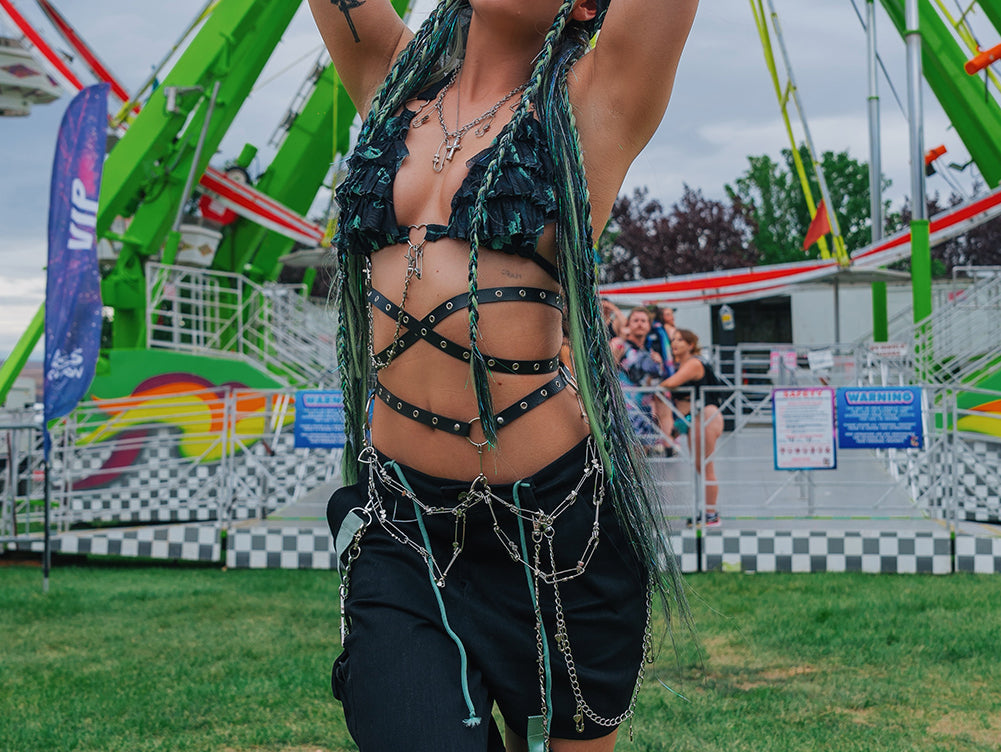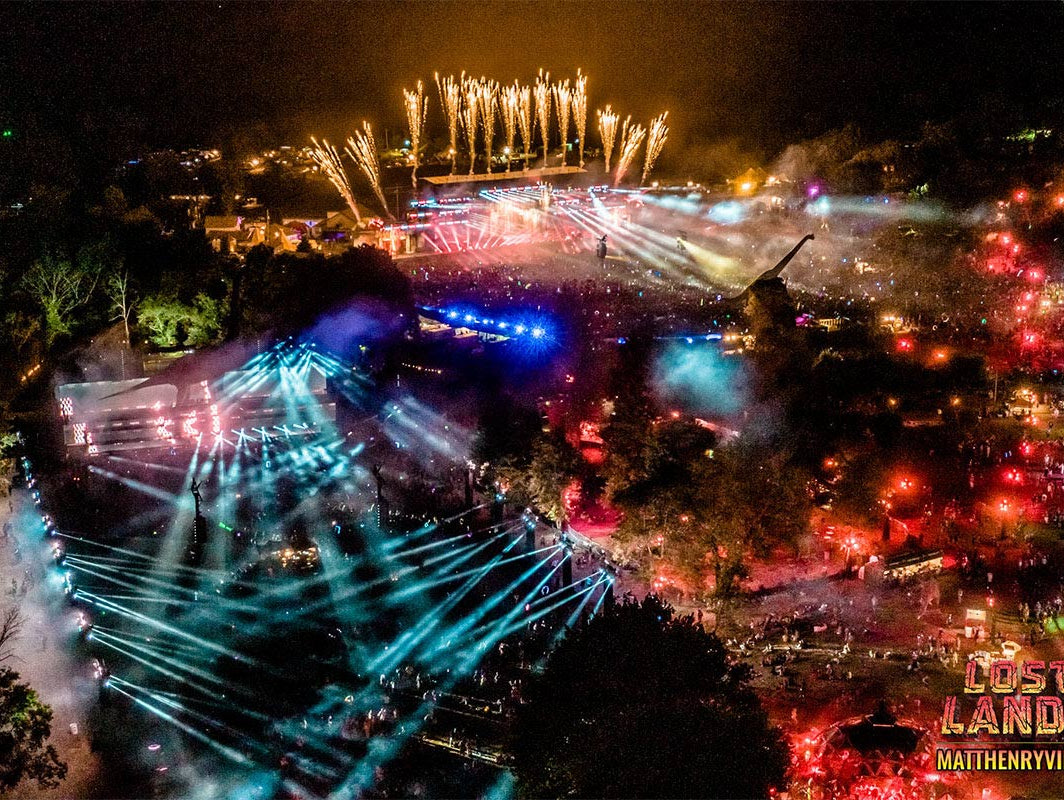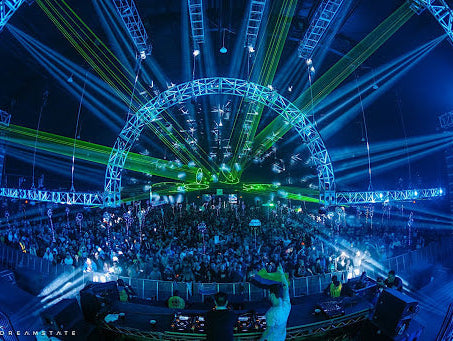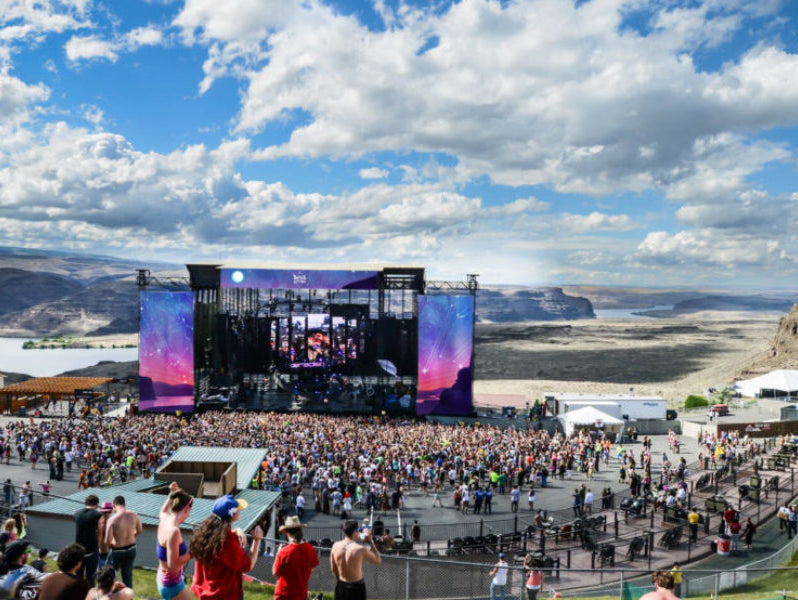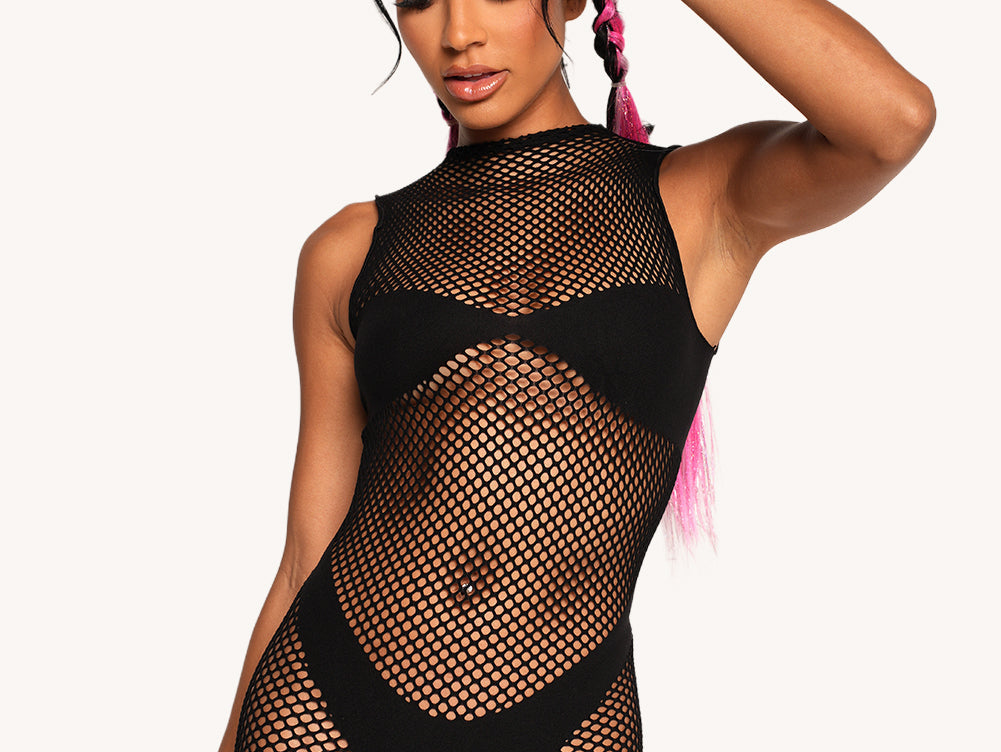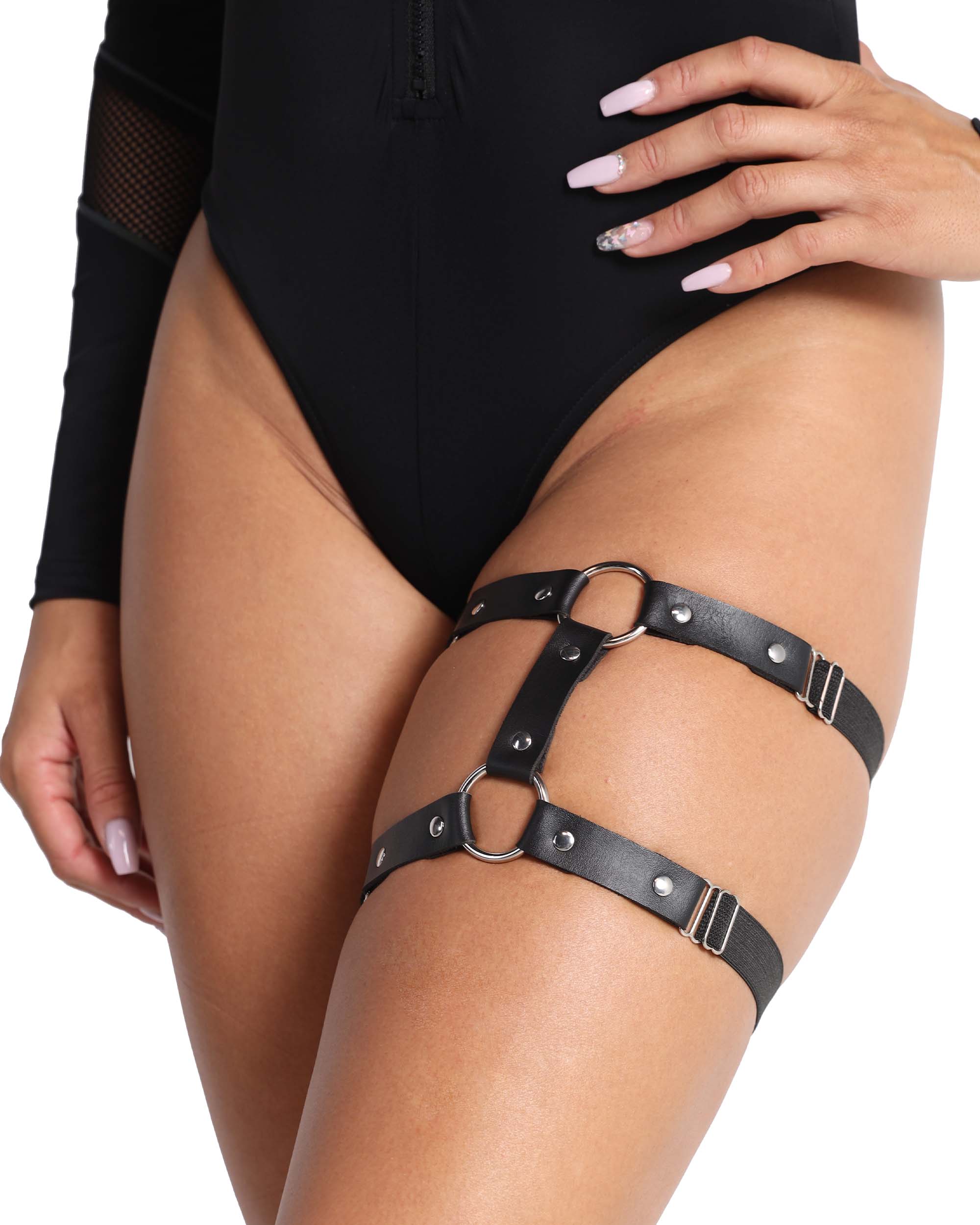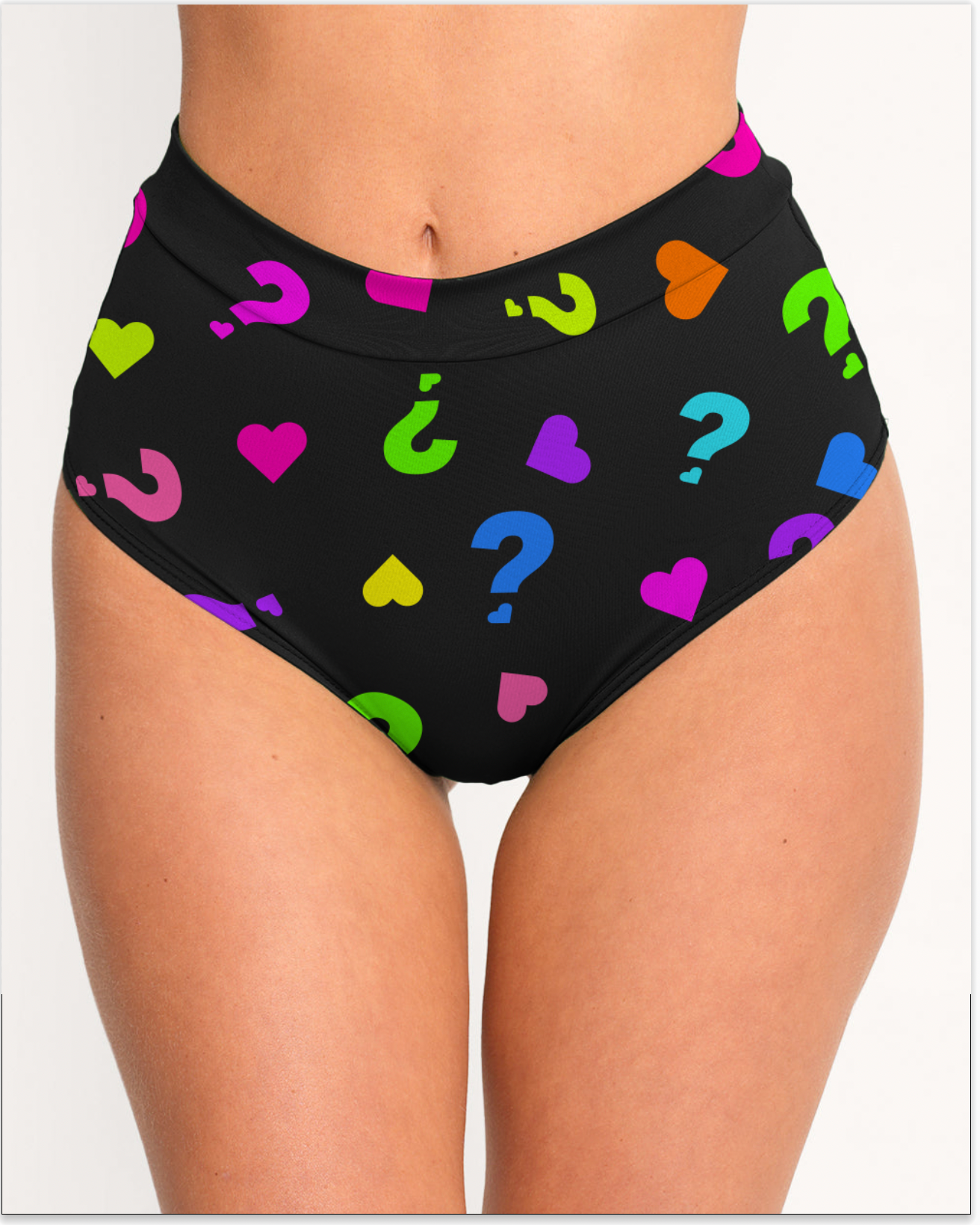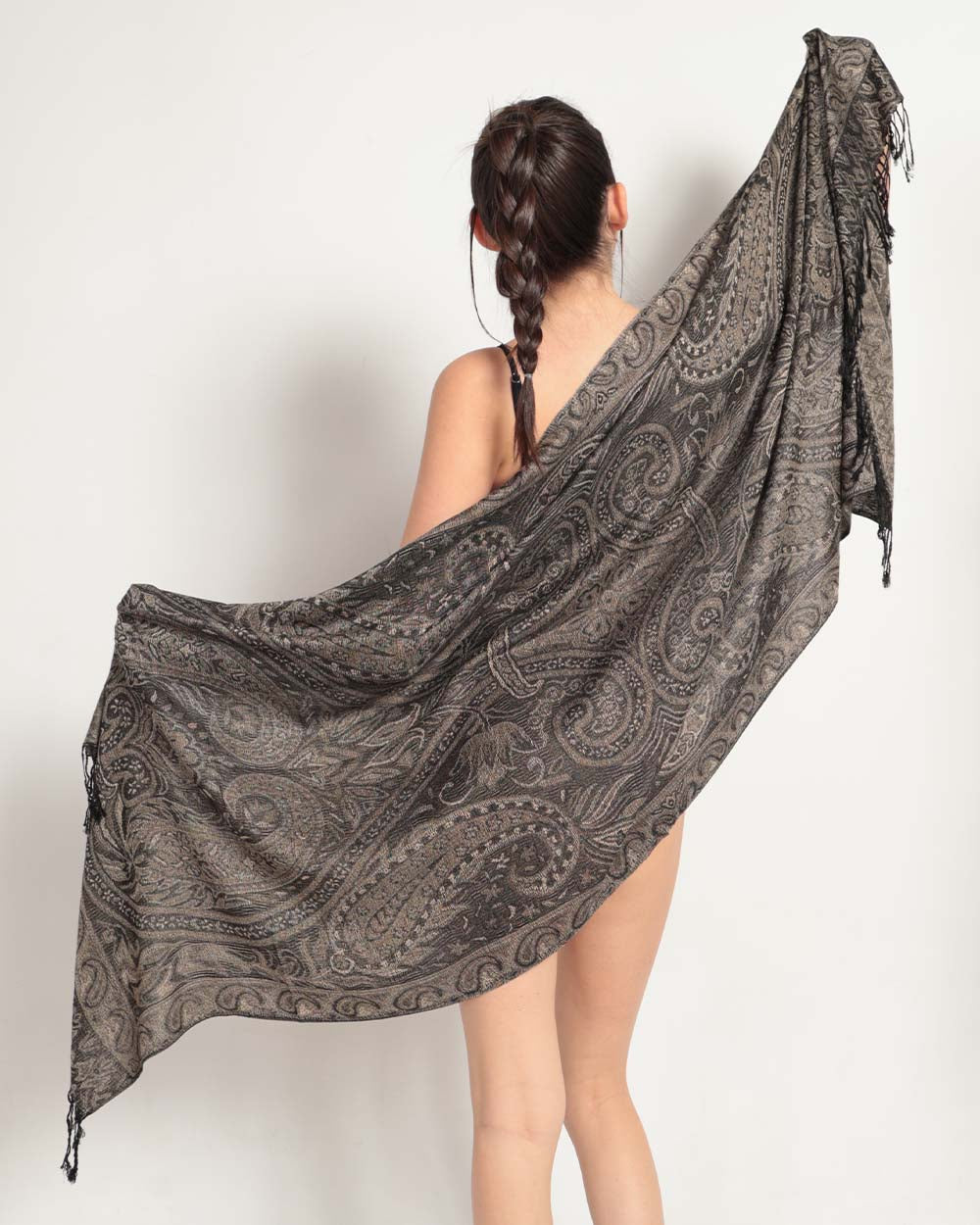Lately we’ve heard about the rise of Latin House, which draws upon samples and beats from all over Latin America. From Latinx artists like Deorro, who always incorporates his Mexican roots into his music and sets, to American artists like John Summit with songs like La Danza, where he uses a sample from Yaga & Mackie’s Bailando, we are seeing the rise of a cultural infusion that has been beautifully incorporating the sounds of Latin America and Latin American artists into Electronic Dance Music, and rightfully so.
But Latin House is nothing new, and neither is la música electrónica en países latinoamericanos. Larger Latin American countries like Mexico, Chile, Argentina, and Brazil have all hosted a slew of EDM festivals, including Lollapalooza, Ultra Music Festival, Electric Zoo, EDC Mexico, and smaller, more intimate festivals like Day Zero Festival in Tulum. However, music festivals and artists from Latin America have seemed to emerge a lot more as of late but at a much slower pace than here in the US or even in Europe, and I believe it has a lot to do, in part, with Latin American history.
Both of my parents were born in El Salvador, but I was born and raised in the U.S., where I was exposed to house music at a young age since my uncle owned turn-tables and often spun music from artists like Debbie Deb and Sonique. I often went down to visit family in El Salvador and never really heard anything other than the traditional Cumbia, Bachata, Merengue, and Salsa being played in stores or the clubs.
When I would go to the clubs or parties with my cousins, the only EDM we’d hear was music produced by American or European artists. I genuinely believe that if El Salvador had the resources, it would have been a whole different story. However, like El Salvador, many countries in Latin America have had to deal with the repercussions of being third-world countries: poverty, civil war, and corrupt governments (to name a few factors) led to underfunded schools where children could barely afford primary education, let alone focus on music production. It honestly breaks my heart to think about.
Much of the folk music, o música folklorica, such as cumbia or salsa—even reggeaton—speaks to the beauty and strife that many of these countries have had to deal with for years. I personally love to see the way that EDM is starting to bridge that gap between cultures and bringing new life and hope to countries that need it the most. I genuinely believe that by seeing EDM start to infuse more Latin American artists and culture, it will continue to lift up and inspire those up-and-coming producers in these countries to create sounds like never before. With that, more fashion, businesses, and artists will begin to produce art that will inspire the masses and bring more Latin American culture to the world.
Some of my favorite Latin American artists currently that are making waves in the scene are producers like Jessica Audiffred, a Mexico City native, who has graced the stages of some of the largest festivals in North America, such as Lost Lands and Insomniac’s Forbidden Kingdom and has created her own label: A-Records, which supports local up and coming artists in Mexico as well.
Another artist I mentioned earlier who indeed plays homage to his roots is Deorro, who has played Elvis Crespo & El Sonitido in every set I've seen him play and includes Spanish lyrics in many of his songs. I genuinely believe his most recent album, ORRO, ties in perfectly the way that Latin Culture is influencing EDM, with the message “that no matter your background, race, or beliefs, every one can simply come together in celebration of the music without boundaries.”
Who are your favorite Latin American artists making waves in the scene? Let us know! ¡Qué viva la fiesta!



